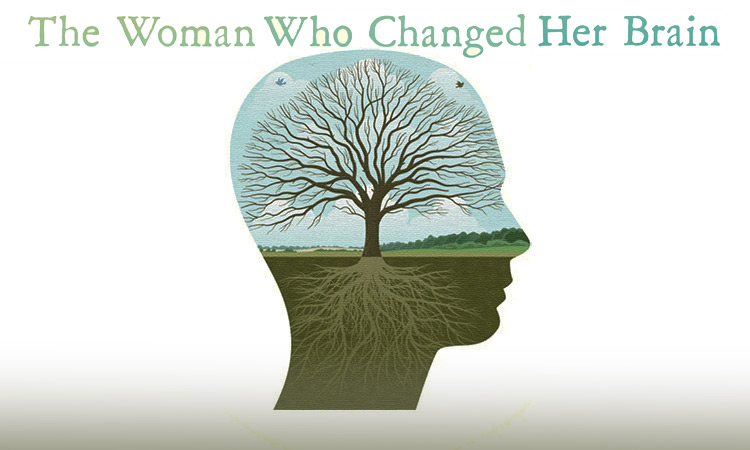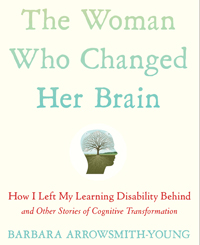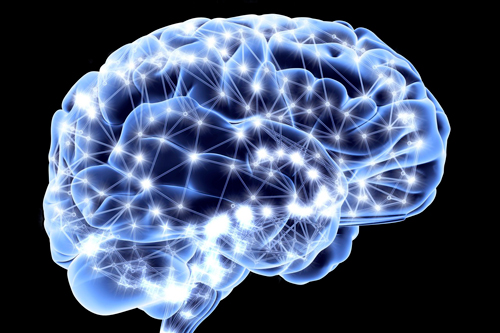 Until recently, clinicians were taught that our brains are like computers, hardwired and incapable of change. A machine can’t rewire itself. But neuroscience experiments have been showing us for 30 years that the brain can indeed be rewired. Our experiences can alter the very structure of our brains. The implications of this are still being played out, and one important place is in the sphere of learning disabilities (LD).
Until recently, clinicians were taught that our brains are like computers, hardwired and incapable of change. A machine can’t rewire itself. But neuroscience experiments have been showing us for 30 years that the brain can indeed be rewired. Our experiences can alter the very structure of our brains. The implications of this are still being played out, and one important place is in the sphere of learning disabilities (LD).
Barbara Arrowsmith-Young, author of The Woman Who Changed Her Brain and Other Inspiring Stories of Pioneering Brain Transformation (Free Press), is afflicted with severe LD herself. As a child she read and wrote backward, struggled to process concepts, and was physically uncoordinated. She could not tell time, do basic math, get a joke, or follow a conversation. The phrase “learning disabled” wouldn’t be coined until 1962; to her teachers, she was “slow” or “disobedient.” Her descriptions of trying to navigate through school and social relationships with these limitations are both fascinating and heartbreaking. She would literally pound her head against the wall or pull her hair out.
The turning point came in her 20s, when she discovered the work of the great Russian neuropsychologist Aleksandr Luria, who had studied traumatic brain injury in the 1940s. Because the most severe cases of LD mirror those of brain damage, his work was directly relevant—particularly his description of a brain-damaged Russian soldier whose difficulties were remarkably similar to those she’d been born with. For both the soldier and Arrowsmith-Young, the chief problem lay in the left hemisphere and the intersection of the temporal, occipital, and parietal lobes. Drawing on Luria’s findings and the work of Mark Rosenzweig at UC Berkeley showing that rats’ brains change in response to stimulation, she created her own brain-changing exercise.
 With flash cards—simple at first, then more complex—she worked up to 12 hours a day to train her brain to be able to read a clock. She brought part of her brain back to life, forging new neural pathways. The breakthrough knowledge that she could indeed shape her own brain led her to develop more and more exercises.
With flash cards—simple at first, then more complex—she worked up to 12 hours a day to train her brain to be able to read a clock. She brought part of her brain back to life, forging new neural pathways. The breakthrough knowledge that she could indeed shape her own brain led her to develop more and more exercises.
It is unimaginable how she got through school, let alone persevered to learn enough about brain science to develop brain exercises that “fixed” her brain. She went on to open a school in Toronto in 1980 for children with major learning disabilities, which has benefited thousands. It remains the only school devoted to helping students not to work around their brain problems but to work through them with brain exercises designed to retrain the brain areas responsible for their LD. Although some students don’t have healthy enough brain tissue for the neuoplastic work to succeed, the majority make excellent progress. Today there are 35 Arrowsmith Programs in Canada and the United States. Teachers undergo three weeks of training in Toronto to bring the techniques back to their own schools.
Arrowsmith-Young’s work is considered one of the first examples of neuroplasticity’s practical applications. If one impassioned, determined woman with severe limitations was able to revolutionize our understanding of learning disabilities, imagine what can be done as scientists harness more and more of the potent possibilities of our amazing neuroplastic brains!
Click here to get inspired by Rose’s easy steps to positively change your mind


